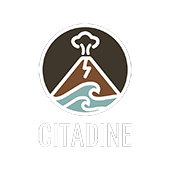What are disasters?
Disasters can take many different forms, and the duration can range from an hourly disruption to days or weeks of ongoing destruction. Below is a list of the various types of disasters – both natural and man-made or technological in nature – that can impact a community. Hurricanes and tropical storms are among the most powerful natural disasters because of their size and destructive potential. Tornadoes are relatively brief but violent, potentially causing winds in excess of 200 mph. Both earthquakes and tornadoes strike suddenly without warning. Flooding is the most common of natural hazards, and requires an understanding of the natural systems of our environment, including floodplains and the frequency of flooding events. Wildfires are more prevalent in the event of a drought. Disasters impacting food supply can be extremely costly; American officials say that a food contamination scare similar to the one that hit the Belgian poultry industry in the 1990’s could jeopardize U.S. agricultural exports in excess of $140 billion.
Disasters also can be caused by humans. Hazardous materials emergencies include chemical spills and groundwater contamination. Workplace fires are more common and can cause significant property damage and loss of life. Communities are also vulnerable to threats posed by extremist groups who use violence against both people and property. High-risk targets include military and civilian government facilities, international airports, large cities and high-profile landmarks. Cyber-terrorism involves attacks against computers and networks done to intimidate or coerce a government or its people for political or social objectives.
General information about natural disasters
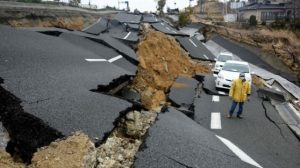
Earthquake
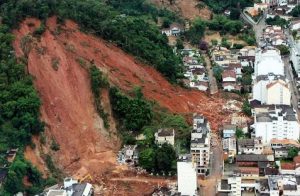
Landslides & Debris Flow
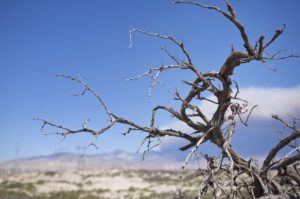
Drought
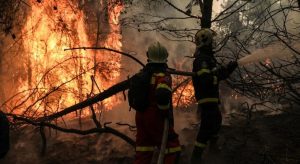
Wildfire
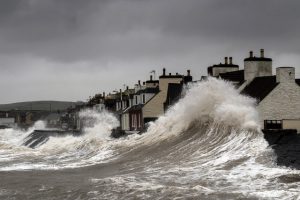
Stormsurge
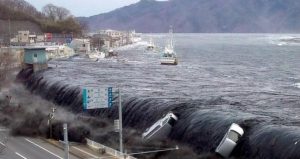
Tsunamis
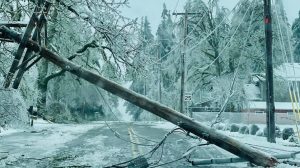
Winter and ice storms
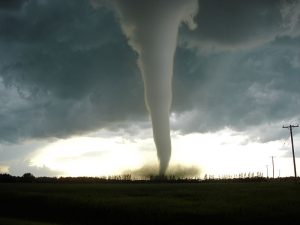
Tornados
